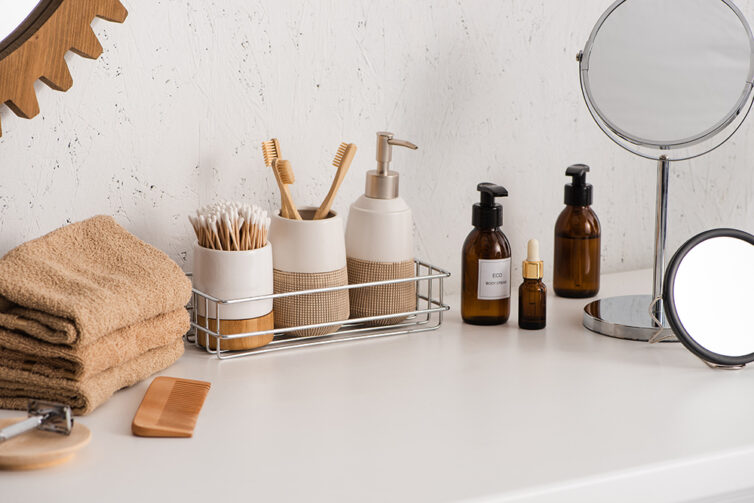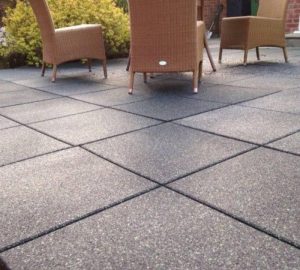An eco-friendly home is designed to have very little impact on the planet. Eco-conscious homes tend to use renewable energy sources and natural materials to be as energy-efficient as possible.
Reducing your energy consumption will reduce your energy bills and your home’s impact on its surrounding environment.
Traditionally, fossil fuels have been used to build homes throughout the decades. These fuels are the leading cause of global warming, and we must reduce them. If you are building or renovating a property, consider implementing these eco-friendly components.
Renewable energy
Renewable energy sources are a brilliant way to incorporate sustainability into your house. You can install solar panels, residential wind turbines or micro-hydroelectric systems to store and produce renewable energy. While these sources’ initial cost may seem steep, you will save money in the long run.

You could also opt for more affordable energy-efficient appliances, like LED lights and programmable thermostats. Invest in an electricity plan that promotes green energy and efficient usage. Or simple acts like drying your clothes on a washing line are effective too.
Insulation
Another great way to make your home eco-efficient is to install insulation. Insulation stops heat from escaping and ensures you don’t need to increase the thermostat every 5 minutes. Choose good-quality insulation for the walls and roof, and make sure the glass windows are fitted with insulated frames as well. Open your curtains and interior doors to let the natural light shine through and warm up your property.
Fix any problems with damp and leaks in your home. Your property should be well-insulated and airtight to prevent a large amount of heat from escaping.
Use eco-friendly products
Eco-conscious homes are often built from sustainable materials, like lime and timber. Reclaimed and recycled materials are also a brilliant way to save energy and money. Sustainable building materials also improve the air quality inside of your property.

Synthetic carpeting, wall coverings, stains and paints release harmful air pollutants and compounds into your home. When you are spending so much time at home, it’s important for it to be a safe place. Opt for low VOC paints and hard wax oil on the floors to improve the air quality indoors.
Collecting water
Many people collect rainwater as a way to make their homes more eco-effective. Plant buckets outside your property during periods of heavy rainfall to catch the water. Or, install an advanced greywater system that can repurpose used waster for different tasks. For example, reused water can be used to wash clothes, flush the toilet, and irrigate your plants.
You could also install a smart attenuation system if you live in a wet climate. Sustainable drainage systems can prevent flooding and collect stormwater for future use.









